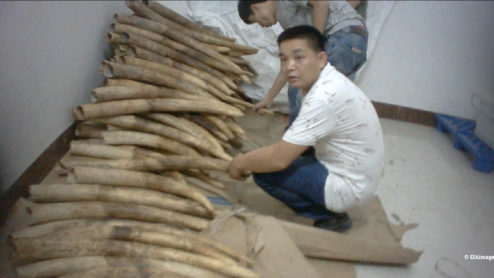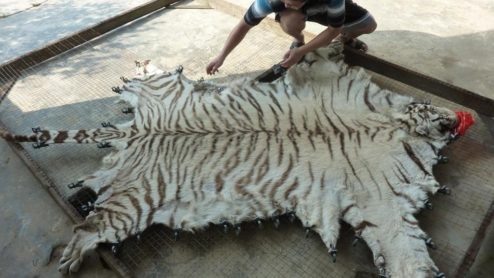Wildlife Week: ‘I refuse to entertain the thought that the future might be one without elephants’
Elephants have been part of my consciousness for as long as I can remember; from my first encounter with a baby elephant when I was five or six to my time with EIA, being involved in investigations, high-level engagement with powerful governments and meeting some of the most inspirational people on the planet who have dedicated their lives to ensuring there is a future for these magnificent beasts.
As an organisation, we have been at the forefront of protecting elephants for more than three decades; we were instrumental in securing the international ban on ivory trade in the late ’80s and we have been fighting to keep it in place ever since. We have worked long and hard to close domestic markets which provide a cover for the illegal ivory trade, a trade which is relentless and dynamic.
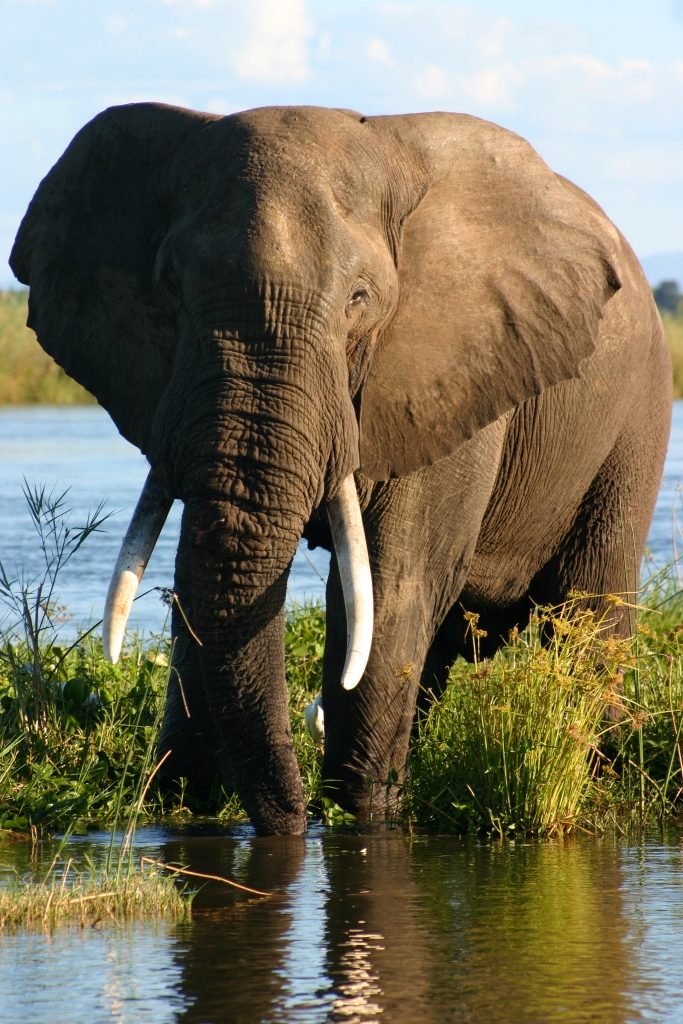
Elephant in Zambia (c) EIAimage
The impact of some of our work is clear: we have provided confidential information to enforcement authorities to facilitate an intelligence-led approach to tackling the illegal trade in ivory; last year, the Government of China closed its domestic ivory market and early this year announced the conclusion of an extraordinary and successful enforcement effort built on the back of information we had provided which resulted in the disruption of two prolific criminal networks that had been smuggling ivory into China for decades and 11 convictions with sentences ranging from six to 15 years.
Unfortunately, the same response has not been the case with a number of Vietnamese networks now operating out of Africa and into Vietnam and beyond.
Vietnam has become the new ‘China’ of the illegal ivory trade and seems impervious to pressure, international or otherwise, to take action to shut these groups down; much as China was for a number of years.
Japan is belligerent in its stance that its legal market is in no way connected to the illegal activities happening a continent away, yet at the last Conference of the Parties to the Convention on International Trade in Endangered Species of Wild Fauna and Flora (CITES) the international community agreed that all domestic ivory markets should close. The UK finally took the decision to close its market earlier this year.
We are seeing new routes and networks springing up across Africa; as target areas for ivory are depleted – Tanzania and Mozambique have both lost more than half their elephant populations to illegal trade over the past decade – the criminal gangs move elsewhere. We have seen a number of other African countries emerging as hot spots for trade; Nigeria is a major transit hub for ivory as well as pangolin and timber while west African elephants continue to be targeted. Our challenges remain and are growing.

The price of ivory trade – a poached elephant in Kenya (c) EIAimage
As human populations continue to grow and encroach on previous wildlife strongholds with resulting competition for space and resources, human-elephant conflict is inevitable and tragic. There is no silver bullet solution but initiatives adapted to local conditions can go some way to mitigating these pressures.
The assumption that the human is the only mammal worth saving is both naïve and dangerous – elephants are a keystone species, playing a critical role in the ecosystem. Often called the architects of the savannah, they pull down trees and thorny bushes to create grasslands and salt licks, enhancing the survival odds of many other species; they create waterholes in dry river beds which are accessed by other wildlife and humans; they are also the ‘gardeners’ of the bush, fertilising the soil, dispersing seeds and nuts, and providing the germination conditions for a number of trees and plants. Africa’s forest elephants are considered the most effective seed-dispersers of any animal both in terms of volume and distance.
Climate change is also a massive challenge affecting both marine and terrestrial wildlife. We have seen recent mass protests in London and around the world to raise the urgency of climate change as a very real and ominous threat: droughts, floods, random weather events, unseasonal extremes of temperature – there is not a single place on the planet immune to these phenomena and all serve as warnings of what we can expect if we don’t take immediate affirmative action.
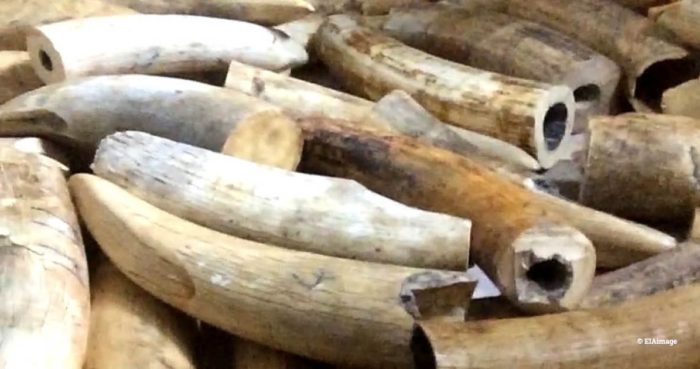
Illegal ivory offered for sale by traffickers in Vietnam
With the release this week of the long-awaited report from the Intergovernmental Science-Policy Platform on Biodiversity and Ecosystems Services (IPBES), we have received a stark warning from its Chair, Sir Robert Watson: “The health of ecosystems on which we and all other species depend is deteriorating more rapidly than ever. We are eroding the very foundations of our economies, livelihoods, food security, health and quality of life worldwide.”
The report’s authors analysed and ranked the direct drivers of this juggernaut. Of the top five threats, which are already impacting elephant populations globally, sitting at number two is direct exploitation of organisms – which includes trade. Trade is probably the only one that we have a real chance of influencing in the short term.
About every three years, the international community gathers to discuss trade in wild flora and fauna – plants, trees and animals to you and me – under the umbrella of CITES. The next meeting was meant to be in Sri Lanka later this month but recent events have forced its postponement. Regardless of when the meeting eventually goes ahead, we will no doubt again find ourselves mired in polarised debate about what can or can’t be traded internationally.
For the past 20 years, elephants have dominated these meetings and have been the subject of some of the most hostile and aggressive discussions; the next meeting promises to be no different.
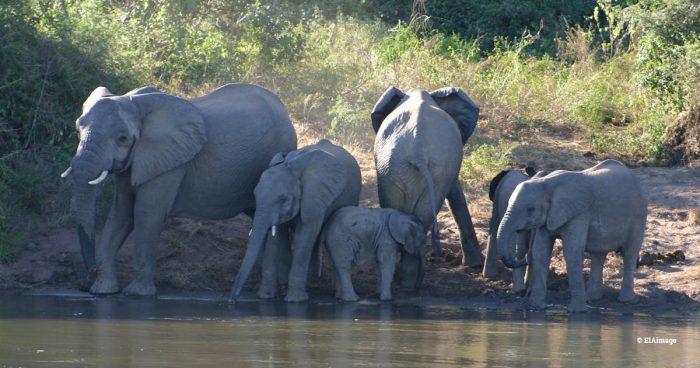
African elephants by the water (c) EIAimage
But while we have gone some considerable way to changing the world view on the buying and selling of ivory, there remain stalwarts who believe that commercially trading ivory and other elephant body parts is the key to their future existence.
So, with a short reprise before we gear up for yet another battle to maintain the status quo on elephant trade, dust off the metaphorical armour and get the war paint at the ready, I remind myself why I do this. Elephants are like us, only better: loyal, full of wisdom, compassion and majesty.
I refuse to entertain the thought that the future might be one without elephants. If we cannot secure a future for the biggest terrestrial land mammal, how on Earth will we ensure a future for the myriad of other creatures which are equally important to a healthy landscape and our own well-being?
Sir Robert Watson also tells us that it is not too late to start making a difference if we start at every level, from grassroots to international. I hope he is right.


